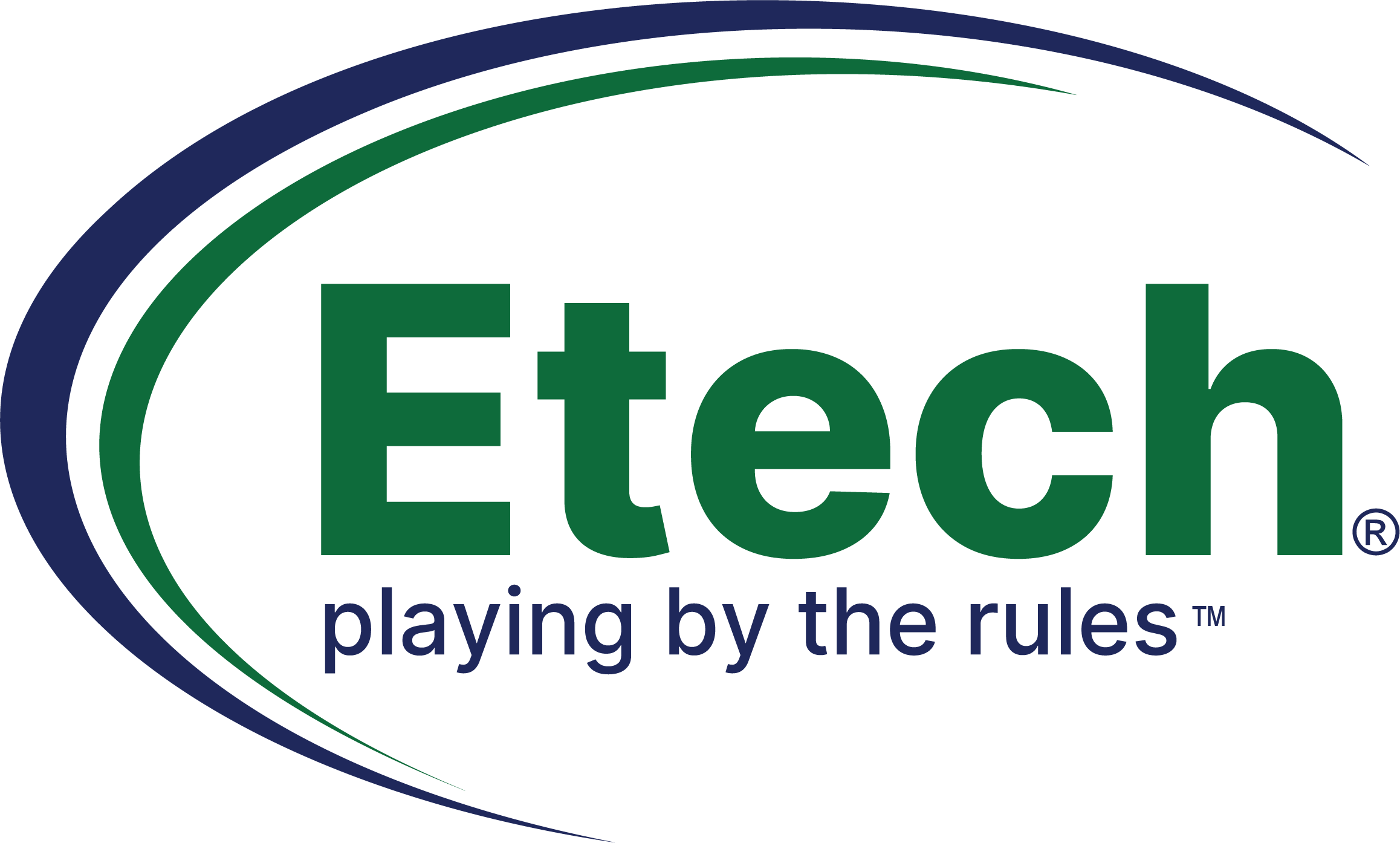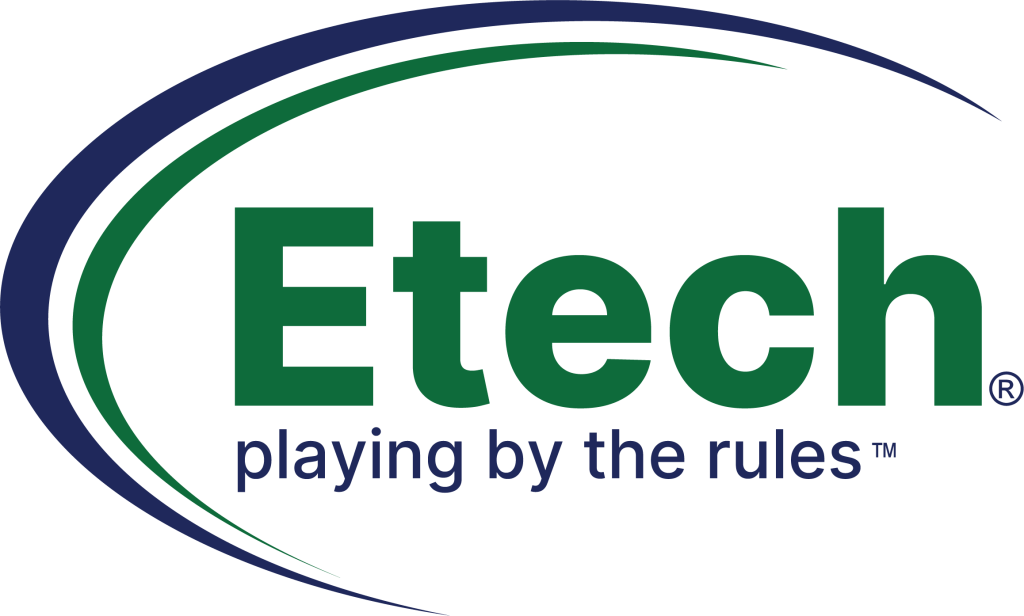Trust-Building Exercises for Teams: Practical Approaches
Trust is the foundation of every high-performing team — but it’s also the hardest thing to build and the easiest thing to break. In this episode of the Etech Muddy Boots Podcast, Melissa Wood sits down with Chris Basile, Nancy Pratt, and Benjamin N. Johnson for an honest, muddy, real-world conversation about trust: how to create it, how to protect it, and how to rebuild it when it cracks. If you’ve ever struggled with team misalignment, slow communication, broken promises, or friction you can feel but can’t explain, this episode gives you practical ways to rebuild trust from the inside out. About the Episode: In “Trust-Building Exercises for Teams: Practical Approaches,” our leaders share raw stories, practical trust-building activities, and lessons earned through real workplace challenges. From moments of broken trust to powerful rebuilds, they reveal how leaders can cultivate credibility, reliability, and psychological safety — even in times of conflict or change. You’ll hear how trust shows up in small daily behaviors, what it looks like when it’s missing, and why consistent authenticity matters more than speeches. Why You Should Watch: 🔹 Practical Trust-Building Exercises for Leaders & Teams Learn simple but powerful activities you can use immediately — conversations, check-in questions, collaboration methods, and mindset shifts. 🔹 How to Rebuild Trust When It Breaks Understand what to do when promises fail, expectations slip, or team connections weaken. 🔹 Real Stories from Real Leaders Hear personal moments from Chris, Nancy, and Ben on when trust shaped their leadership journey — and when it challenged them. 🔹 The Hidden Barriers to Trust Discover how assumptions, distance, over-checking, and lack of clarity quietly damage trust within teams. 🔹 The Trust Equation Explained Simply Credibility + Reliability + Intimacy — all divided by Self-Orientation. Learn how this formula reveals exactly why trust rises or falls. What You’ll Hear: Why trust is built in small, consistent daily actions How leaders can ask the right questions to immediately improve team dynamics Simple exercises like: “What helps you? What hinders you?” “What support do you need from me?” Why micro-managing destroys trust — and what to do instead How vulnerability and ownership accelerate trust repair Why distance creates assumptions, and how leaders can close that gap How to shift from being trustworthy to also being trusting Real Talk from Real Leaders: “Trust isn’t built in an event — it’s thousands of small deposits.” – Chris Basile “Misalignment between words and actions destroys trust fast.” – Nancy Pratt “Trust grows when we stop checking and start supporting.” – Benjamin N. Johnson “If it is to be, it starts with me.” – Melissa Wood 👢 Meet the Voices: Melissa Wood – Dean of Leadership Development, Etech Global Services Chris Basile – AVP of Operations & Training, Etech Global Services Nancy Pratt – Asst. Vice President of Human Resources at Etech Global Services Benjamin N. Johnson – AVP Operational Excellence, Etech 🎧 Watch Now and Start Building a Culture of Trust Step into the mud with us and discover how trust — the easy parts, the messy parts, and the parts we don’t talk about — can transform your team’s performance, connection, and culture. Watch the episode and learn trust-building approaches that actually work. 📢 Subscribe to Melissa’s Muddy Boots for more real-world leadership insights


